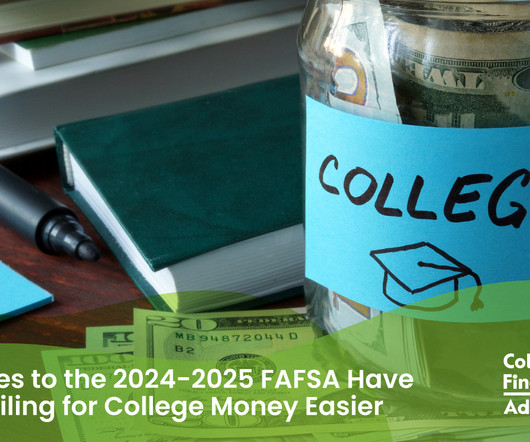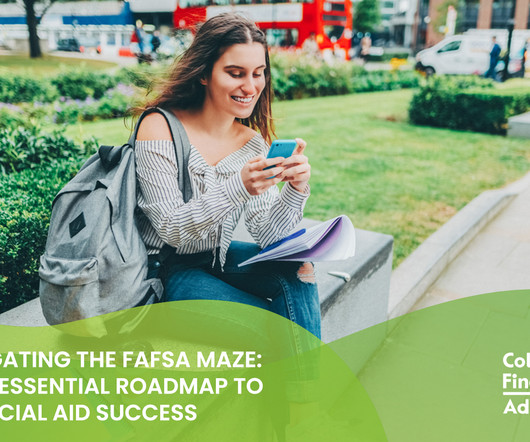The essential guide to sources of university funding for international students
IEFA
JANUARY 7, 2025
Students can access funding through government grants, private donations, scholarships, and research grants. This article explores these sources of university funding to help students understand how they can sustain their educational pursuits and receive financial aid. Federal student aid (U.S.













Let's personalize your content